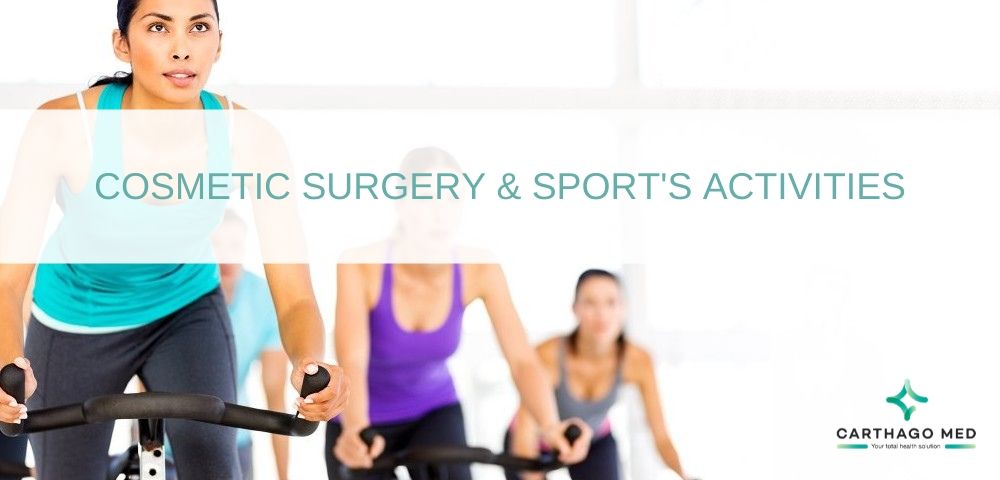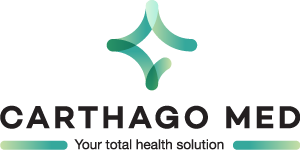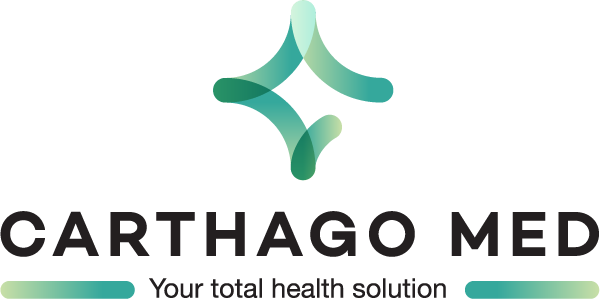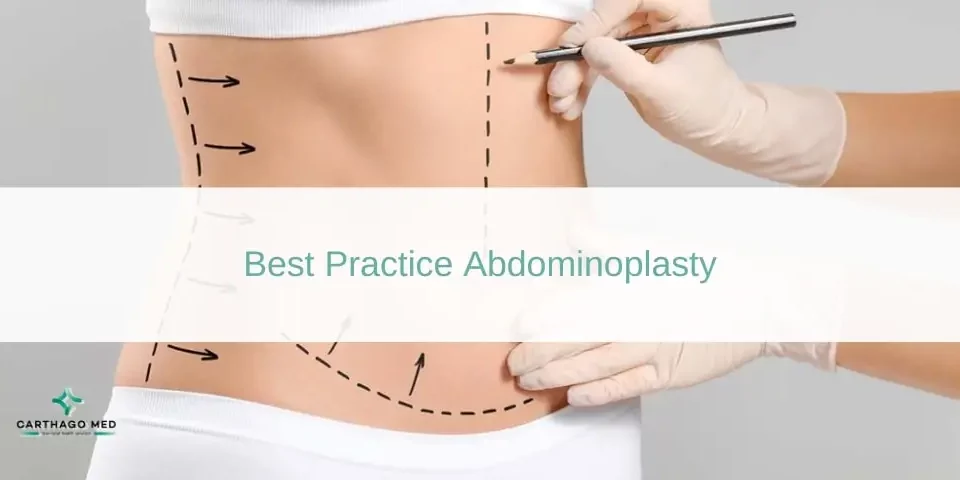
Cosmetic surgery & sport’s activities
Nowadays, an increasing number of people resort to cosmetic and/or reconstructive surgeries due to faster aging; which major factors are stress and the remarkable degradation of people’s lifestyle. Nonetheless, while practicing sports is essential to maintain a healthier lifestyle and a well-shaped body, it is recommended that patients stop physical activities after surgery in order to heal properly.
Cosmetic surgery encompasses two main categories: Face surgery and body surgery. Face surgery involves procedures such as rhinoplasty (nose surgery), otoplasty (ear surgery), blepharoplasty (eyelid surgery), genioplasty (chin surgery), cheek and cheekbone surgery, hair transplantation, lifts, and other anti-aging treatments, as well as addressing scarring and other cutaneous imperfections through injections. On the other hand, body surgery includes abdominoplasty, liposuction and lipostructure, breast surgery for reduction or augmentation, leg surgery covering thighs, hips, calves, knees, and ankles, buttock surgery involving augmentation through implants or lipofilling, bariatric surgery (gastric band, sleeve, or bypass), and various types of lifts.
Regardless of the invasiveness of the procedure, every surgical act necessitates a recovery period and specific precautions to facilitate proper healing. Sporting activities are strictly prohibited during this recovery period, which may last anywhere from four to six weeks or more, depending on the nature of the surgery. It is crucial for individuals undergoing cosmetic surgery to adhere to these guidelines to ensure a smooth and successful recovery process.
Which surgery requires ceasing sporting activities?
Breast Augmentation
Breast augmentation entails a comprehensive recovery process, with a crucial focus on the healing of the pectoral muscles. Since most breast implants are positioned beneath the pectoralis major muscle, allowing adequate time for muscle recovery is essential. Scar tissue formation, known as the capsule, initiates immediately after surgery, and early engagement in resistance training can impede the healing process. In the initial four weeks post-breast augmentation, strict weight lifting restrictions are advised. Patients are cautioned against lifting anything exceeding 10 pounds and participating in activities that involve heavy pulling or pushing. This includes tasks like opening car doors or carrying heavy purses. Additionally, exercises targeting the chest and back, such as push-ups, pull-ups, and specific yoga poses, should be postponed during this critical period.
Cardiovascular activities are encouraged gradually after the initial two weeks, with a focus on light exercises. Activities like walking in the neighborhood, slow-paced treadmill walks, or stationary cycling without engaging the arms are suitable options. The objective is to avoid excessive elevation of the heart rate while still reaping the psychological benefits of exercise. The post-operative exercise phases are structured to ensure a progressive and safe recovery. In the initial two weeks, emphasis is placed on lower body exercises like unweighted lunges, leg presses, and squats. Moving into the second week post-operation, patients can incorporate light to moderate cardio activities, with a continued emphasis on minimizing arm engagement. At the four-week mark, a thorough progress review occurs during a follow-up visit, allowing for the gradual reintroduction of arm workouts and chest exercises assuming a normal recovery.
As the recovery advances into the long term, patients can anticipate regaining full strength in their pectoral muscles. Dr. Williams, a practitioner in the Phoenix area, brings substantial expertise, particularly with competitive fitness models and bodybuilders. His experience extends to supporting individuals who, even after breast augmentation surgery, continue to compete and showcase their results. Ultimately, patients are empowered to engage in any desired exercise as they progress through the comprehensive recovery journey.
Liposuction
Liposuction is a widely sought-after cosmetic procedure that aims to sculpt and shape the body by eliminating excess fat deposits. Although considered minimally invasive compared to other surgeries, the recovery phase necessitates careful attention, especially regarding physical activities. During the initial two weeks following liposuction, patients are advised to adhere to general exercise restrictions applicable to various plastic surgeries. This period is crucial for the body to commence healing and minimize swelling, with light activities like walking being encouraged. Wearing a compression garment is crucial during the first four weeks post-liposuction. This specialized garment aids in reducing swelling and ensures proper skin retraction. It plays a pivotal role during exercise, providing additional support to the treated areas and promoting a smoother recovery. Around the third week, patients can gradually reintroduce light cardio workouts, such as walking and stationary cycling. However, caution is advised against activities with bouncing motions, like running or jumping, to prevent undue stress on the treated areas.
At the four-week mark, the permissible amount of exercise depends on the procedure's extent and the treated areas. Weight lifting and more demanding workouts can be gradually resumed, considering individual comfort levels and the surgeon's recommendations. Patients should be aware that, as they resume exercise after liposuction, some degree of prolonged swelling may persist for up to six months after the surgery. While this does not compromise the results, it may extend the time needed to witness the final outcome. Nevertheless, most patients find the wait worthwhile as they can return to their regular workout routines more swiftly. The recovery and resumption of sporting activities after liposuction demand a balanced and gradual approach. By closely adhering to post-operative guidelines, consistently wearing the compression garment, and respecting the body's healing process, individuals can safely reintegrate exercise into their routine, ensuring a successful liposuction recovery journey.
Tummy Tuck
After undergoing a Tummy Tuck procedure, patients should be prepared for a more extended recovery period compared to certain other cosmetic surgeries, primarily due to the involvement of muscle repair in the abdominal area. In the initial four weeks post-surgery, patients are advised to abstain from activities that stress the abdominal muscles, with light cardio strongly discouraged. The focus during this period is on allowing the muscles to heal. Around the four-week mark, a gradual introduction of light cardio exercises, such as walking or slow stationary cycling, is recommended. However, it is crucial to proceed slowly and advance to more vigorous routines over the next four weeks. As the recovery progresses, patients may incorporate moderate cardio exercises and introduce light resistance training, concentrating on areas away from the abdominal region. This approach aims to give the muscles sufficient time to heal before engaging in activities targeting the core.
Full engagement in core exercises, including sit-ups, crunches, or twisting movements, may be considered around 8 to 10 weeks post-surgery, with the surgeon's evaluation determining the appropriateness of introducing these activities. Throughout the initial 6 to 8 weeks following surgery, the use of a compression garment is recommended to limit swelling and guide skin retraction during the recovery process. Patients should be aware that resuming workouts after a Tummy Tuck may lead to prolonged swelling around the waist and above the scar. While this doesn't impact the final results, it might extend the time required to achieve the desired aesthetic outcome. It is essential for individuals to follow their surgeon's guidance and be patient during the recovery journey to optimize the overall outcome of the Tummy Tuck procedure.
Facial Rejuvenation
Facial rejuvenation encompasses procedures like facelifts, eyelid lifts, and brow lifts, which involve intricate work beneath the skin where numerous tiny blood vessels reside. To facilitate optimal healing and prevent complications such as hematomas, patients are advised to abstain from activities that elevate heart rate and blood pressure for a minimum of four weeks post-surgery. After the initial four weeks, a gradual return to physical activities becomes possible. Patients can reintroduce light cardio exercises like walking or slow stationary cycling; however, they should exercise caution and avoid sudden, intense workouts. By the six-week mark, most patients can expand their activities to include outdoor pursuits like hiking and engage in low-impact exercises such as yoga. This gradual reintegration helps the body adapt to increased physical demands without compromising the results of the facial rejuvenation procedure.
Recognizing the uniqueness of each patient's recovery, surgeons at Enhance Cosmetic Clinic collaborate closely to provide personalized guidelines, taking into account factors like the extent of the rejuvenation procedure and the individual's overall health. Even beyond the initial recovery period, patients are advised to exercise caution when returning to more vigorous workouts, gradually approaching activities with sudden movements or jarring motions to ensure the body's adjustment to increased physical stress. Regular follow-up appointments with surgeons, as offered at Enhance Cosmetic Clinic, play a crucial role in monitoring the patient's healing progress. These appointments help determine the safe resumption of specific activities and ensure that the rejuvenation results remain optimal. Facial rejuvenation not only aims to enhance aesthetics but also contributes to an individual's overall well-being. Integrating a gradual return to sporting activities aligns with this holistic approach, enabling patients to embrace newfound confidence while maintaining a healthy, active lifestyle.
Breast lift
A breast lift, or mastopexy, is a transformative cosmetic surgery designed to rejuvenate and reshape the breasts. Despite the potentially rewarding results, it is crucial to approach the post-operative recovery phase with utmost care, particularly in the context of engaging in sporting activities. A comprehensive understanding of the nuances associated with breast lift recovery and its impact on physical activities is paramount for achieving a successful and satisfying outcome.
During the immediate post-operative period, typically within the first few days following the procedure, patients are strongly advised to refrain from strenuous activities, including sports. The primary focus during this phase is on rest and gentle movements to facilitate the healing process. Activities involving the upper body are restricted to prevent strain on the surgical site. In the subsequent four weeks, lower body exercises such as bodyweight squats, lunges, and leg presses are encouraged, while activities engaging the chest and upper body, such as weight lifting or exercises with bouncing motions, are generally restricted. This cautious approach is essential to ensure that the healing process progresses without undue stress on the chest area.
At the four-week post-operative assessment, the surgeon evaluates the patient's progress. If the recovery is proceeding as expected, light resistance training may be introduced, followed by a gradual return to upper body exercises. This measured approach is aimed at safeguarding the integrity of the surgical outcome and minimizing the risk of complications. Around the six to eight-week mark, patients may receive clearance to engage in more demanding physical activities, including those involving the upper body. However, individual variations exist, and the guidance of the surgeon is paramount in determining the appropriate timing for resuming specific sports or exercises.
Several considerations for sporting activities during the recovery period are emphasized. High-impact activities, such as running or those involving vigorous bouncing, should be approached with caution even after the initial recovery period. Consultation with the surgeon is advised before incorporating such activities. Wearing supportive sports bras throughout the entire recovery period is crucial, providing essential support to the breasts, minimizing movement, and reducing strain on the surgical area. Regardless of the sport, a gradual progression back to pre-surgery activity levels is recommended. Starting with low-intensity exercises and slowly increasing intensity based on comfort and the surgeon's recommendations is key. At Enhance Cosmetic Clinic, we acknowledge the significance of a personalized approach to breast lift recovery. Our experienced team collaborates closely with patients, offering tailored guidelines for resuming sporting activities. Recognizing the uniqueness of each patient's journey, our commitment extends beyond surgery to support a fulfilling and active lifestyle post-breast lift.









